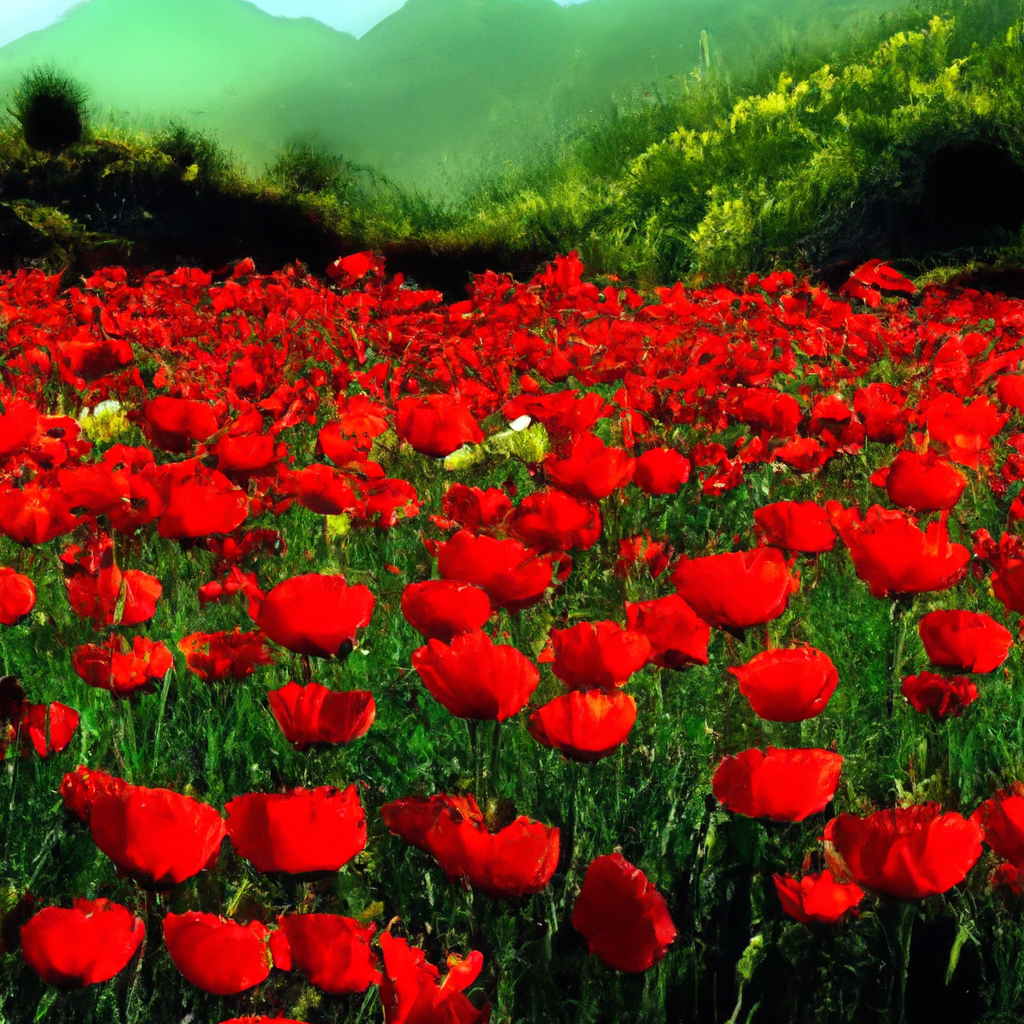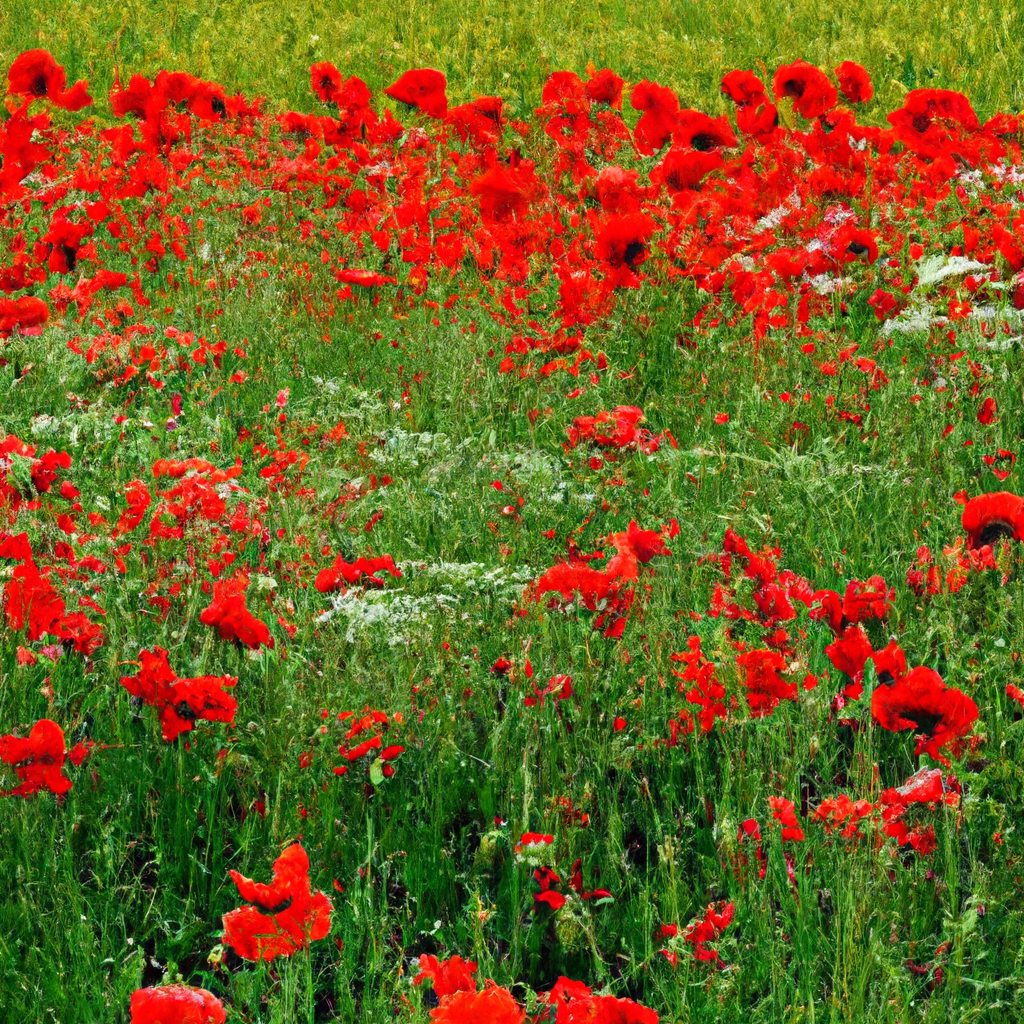Step into a world of vibrant color and intriguing secrets as we delve into the mysteries of red grass. In this article, you will uncover the fascinating characteristics and enigmatic origins of this unique botanical wonder. From its captivating hues that beckon to be admired, to the intriguing ways it adapts to different environments, prepare to be captivated by the captivating allure of red grass. So, join us on this journey as we unravel the hidden beauty of red grass and unlock the secrets that lie within its mesmerizing tendrils.

The Origin of Red Grass
Red grass, with its vibrant hue and intriguing growth patterns, has fascinated people for centuries. Both its historical background and scientific explanation contribute to its cultural significance.
The Historical Background
The origin of red grass traces back to ancient times. It is believed to have first appeared in the grasslands of Africa, where it evolved to thrive in harsh environments. Red grass species later spread to South America and coastal regions, adapting to diverse ecosystems.
The Scientific Explanation
The striking red color of the grass is a result of pigments called anthocyanins present in its leaves. These pigments absorb green light and reflect red, creating the vibrant hue. The intriguing growth patterns of red grass are attributed to its ability to develop rhizomes and stolons, underground stems that allow it to spread and colonize new areas.
The Cultural Significance
Red grass holds deep cultural significance among various societies. In Africa, it is often associated with spirituality and believed to possess protective properties. In South America, red grass is used in traditional ceremonies and crafts. Its vibrant color is seen as a symbol of vitality and beauty in many cultures, making it an important part of their traditions and identity.
Unique Characteristics of Red Grass
Red grass displays several unique characteristics that set it apart from other species. Its vibrant red hue, intriguing growth patterns, and remarkable resistance to harsh environments make it a truly remarkable plant.
Vibrant Red Hue
The vivid red color of red grass is one of its most distinctive features. The intense hue adds a splash of color to landscapes and makes red grass an aesthetically pleasing sight. Whether it stands in contrast to the surrounding greenery or complements the natural red tones of the soil, red grass creates a visually stunning display.
Intriguing Growth Patterns
Red grass exhibits intriguing growth patterns that contribute to its uniqueness. The development of rhizomes and stolons enables the grass to spread horizontally, forming dense colonies. This characteristic allows red grass to thrive in a variety of ecosystems and adapt to changing conditions.
Resistance to Harsh Environments
Red grass’s ability to withstand harsh environments is another remarkable characteristic. The plant has evolved to thrive in areas with poor soil quality, limited water availability, and extreme temperatures. Its deep-rooting system helps it access nutrients and moisture from deep within the soil, allowing it to survive in challenging conditions.
Red Grass in Different Ecosystems
Red grass can be found in various ecosystems around the world. From the red grasslands of Africa to the red grass species in South America and the coastal regions where it grows, each environment provides unique challenges and opportunities for red grass to thrive.
Red Grasslands in Africa
In Africa, red grass is a prominent feature of grasslands, particularly in the savannah regions. These grasslands are characterized by their unique red soil, which gives the grass its distinctive color. Red grass plays a vital role in maintaining the ecosystem by providing food and shelter for a variety of wildlife species.
Red Grass Species in South America
South America is home to several red grass species, each with its own adaptations to the local environment. In the grasslands of the Pampas, red fescue grasses dominate the landscape, contributing to the region’s biodiversity and providing valuable forage for livestock.
Red Grasses in Coastal Regions
Coastal regions also host red grass species that have adapted to the unique conditions found near the ocean. These grasses are often salt-tolerant and can withstand the strong winds and sandy soils commonly found in coastal areas. Their ability to stabilize soil and prevent erosion makes them essential components of coastal ecosystems.
Ecological Role of Red Grass
Beyond its unique characteristics, red grass plays a crucial ecological role in the ecosystems where it thrives. It serves as an important food source for wildlife, aids in soil erosion prevention, and contributes to carbon sequestration.
Important Food Source for Wildlife
Red grass provides a significant food source for many herbivorous animals, including grazers such as antelopes and zebras. Its high nutritional value and abundance make it an essential component of their diets. In turn, these herbivores support predators higher up the food chain, maintaining a balanced ecosystem.
Soil Erosion Prevention
The deep-rooting system of red grass helps prevent soil erosion in vulnerable areas. The extensive network of roots binds the soil particles together, providing stability, especially in regions prone to heavy rainfall or wind. By reducing erosion, red grass helps maintain the health of the soil and preserves valuable nutrients.
Carbon Sequestration Contribution
Red grass contributes to carbon sequestration, the process by which carbon dioxide is removed from the atmosphere and stored in plants and the soil. As red grasses grow, they absorb carbon dioxide during photosynthesis, helping to mitigate the effects of climate change. This makes red grass a valuable ally in the global effort to reduce greenhouse gas emissions.
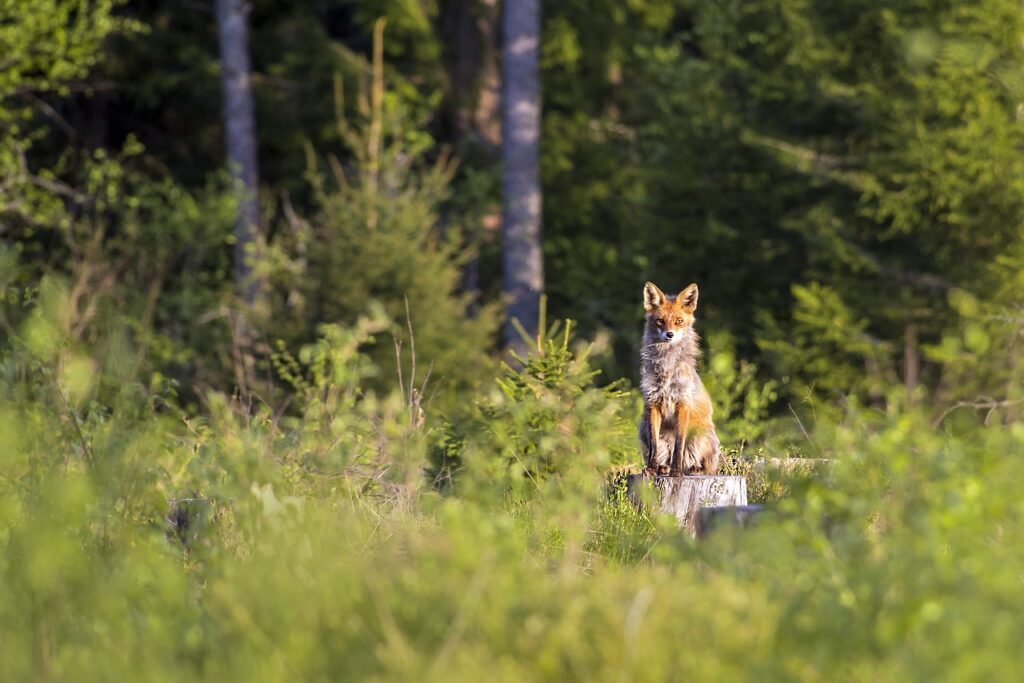
Red Grass and Climate Change
As climate change continues to alter ecosystems worldwide, red grass shows remarkable adaptability to changing climates. Its unique characteristics make it an indicator species for environmental shifts, but potential impacts on red grass populations also raise concerns.
Adaptation to Changing Climates
Red grass has shown a remarkable ability to adapt to changing climates. Its deep-rooting system enables it to access water reserves during droughts, ensuring its survival in dry periods. Additionally, the plant’s ability to withstand extreme temperatures allows it to persist in regions experiencing heatwaves or fluctuations in seasonal weather patterns.
Indicator Species for Environmental Shifts
The presence or absence of red grass can serve as an indicator of environmental shifts. Changes in red grass populations can suggest alterations in soil conditions, water availability, and overall ecosystem health. Monitoring red grass can provide valuable insights into the impacts of climate change on both plant species and the ecosystems they inhabit.
Potential Impacts on Red Grass Populations
While red grass shows adaptability to changing environments, there are concerns about the long-term impacts of climate change on its populations. Extreme weather events, such as prolonged droughts or severe storms, may disrupt the ecosystem balance and lead to a decline in red grass populations. Conservation efforts and careful monitoring are crucial to ensuring the survival of red grass in the face of climate change.
Traditional Uses of Red Grass
Red grass has a rich history of traditional uses across different cultures. Its applications in traditional medicine, cultural and spiritual practices, as well as crafts and textiles, highlight its importance in local communities.
Traditional Medicine Applications
In many traditional healing practices, red grass is used for its medicinal properties. It is believed to have anti-inflammatory and pain-relieving qualities, making it valuable in treating various ailments. Red grass is often prepared as a herbal tea or used in poultices and ointments, providing relief for conditions such as arthritis and skin irritations.
Cultural and Spiritual Practices
Red grass holds cultural and spiritual significance in many societies. It is used in traditional ceremonies and rituals to symbolize vitality, rebirth, and protection. The vibrant red hue of red grass is often associated with energy and life force, which contributes to its role in cultural practices.
Crafts and Textiles Made from Red Grass
The durability and unique color of red grass make it a sought-after material for crafts and textiles. In some cultures, red grass is woven into intricate baskets, mats, and decorative items, showcasing the skill and artistry of local artisans. Its vibrant red hue adds a touch of elegance to these traditional crafts, making them highly prized and sought after.
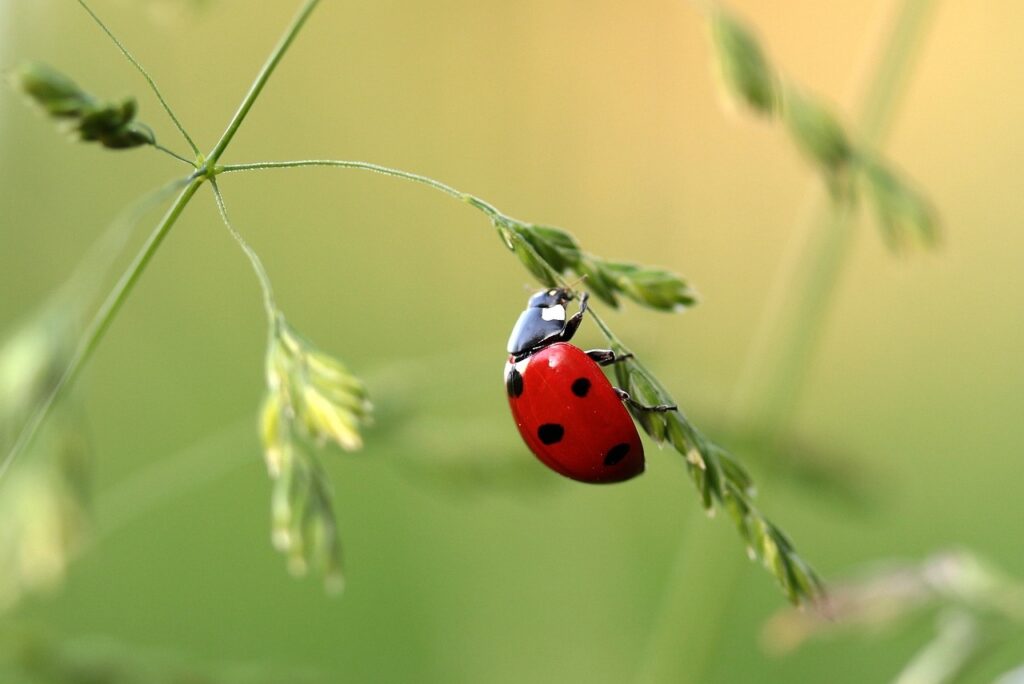
Modern Applications and Research
Beyond its traditional uses, red grass shows potential for various modern applications. Research is being conducted to explore its potential in bioremediation, skincare products, and engineering applications utilizing its strong and resilient fibers.
Potential Uses in Bioremediation
Red grass has the ability to absorb pollutants from the soil and water, making it a potential ally in bioremediation efforts. Its deep-rooting system allows it to access contaminants, effectively removing them from the environment. Research is underway to understand how red grass can be used to clean up contaminated sites and restore ecosystems.
Red Grass Extracts in Skincare
The medicinal properties of red grass have sparked interest in its potential use in skincare products. Extracts from red grass are being studied for their antioxidant and anti-aging properties. These extracts may have the potential to be incorporated into skincare formulations, offering natural and sustainable alternatives for consumers.
Engineering Applications of Red Grass Fibers
The strong and resilient fibers of red grass have caught the attention of engineers and designers. Research is being conducted to explore the use of red grass fibers in various applications, from sustainable building materials to textiles and composites. The unique properties of red grass fibers make them an attractive option for eco-friendly engineering solutions.
Conservation and Protection Efforts
As red grass ecosystems face increasing threats, conservation and protection efforts are crucial to ensuring their preservation. Focus is being placed on preserving red grass ecosystems, combating habitat loss, and raising awareness through educational campaigns.
Preserving Red Grass Ecosystems
Preserving red grass ecosystems is essential to maintaining biodiversity and ecological balance. Efforts are underway to establish protected areas, such as national parks and nature reserves, where red grass can thrive undisturbed. These areas provide a safe haven for red grass and the countless other plant and animal species that depend on it.
Efforts to Combat Habitat Loss
Habitat loss poses a significant threat to red grass populations worldwide. Human activities, such as agriculture, urbanization, and deforestation, continue to encroach upon red grass habitats. Conservation organizations and local communities are working together to combat habitat loss by promoting sustainable land management practices and advocating for the protection of red grass ecosystems.
Educational Campaigns and Awareness
Raising awareness about the value and importance of red grass is essential to conserve and protect these ecosystems. Educational campaigns are being carried out to inform the public about red grass, its ecological role, and the need for its conservation. By fostering a sense of understanding and appreciation, these campaigns seek to inspire individuals to take action in preserving red grass and its habitats.
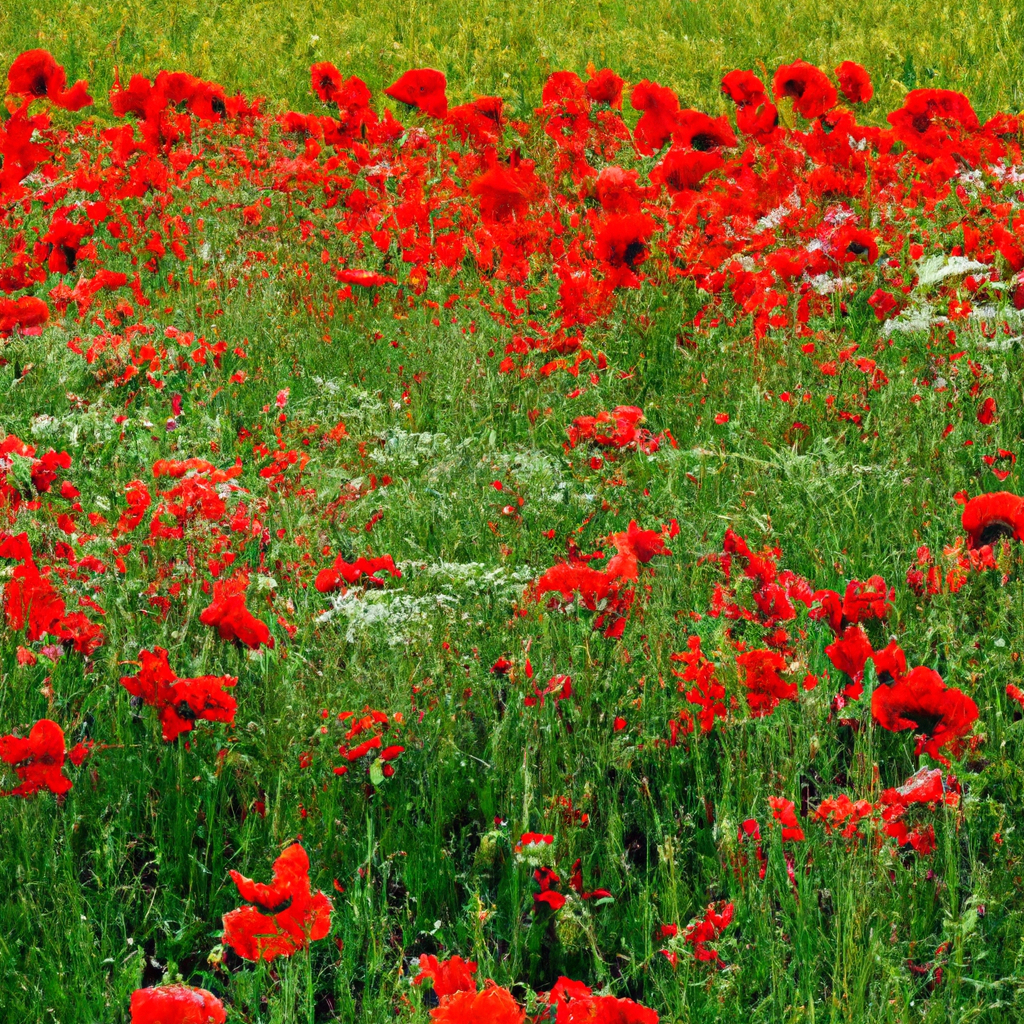
Endangered Red Grass Species
Despite its resilience, certain red grass species are facing the threat of extinction. Identifying the causes of their decline and implementing conservation strategies are crucial to safeguarding these endangered species.
Red Grasses Facing Extinction
Several red grass species are currently facing the risk of extinction. Loss of habitat due to human activities, climate change, and invasive species are among the primary factors contributing to their decline. Without intervention, these unique plant species could be lost forever, with devastating consequences for ecosystems and biodiversity.
Causes of Decline
Human activities, such as land conversion for agriculture and urban development, are major factors driving the decline of red grass species. Fragmentation of red grass habitats disrupts the interconnected web of life that relies on these ecosystems. Climate change poses another threat, altering temperature and rainfall patterns, which can affect the availability of suitable habitat for red grass.
Conservation Strategies for Endangered Red Grass
To protect and conserve endangered red grass species, conservation strategies are being implemented. These strategies include establishing protected areas, restoring degraded habitats, and implementing sustainable land management practices. Collaborative efforts between governments, conservation organizations, and local communities are crucial in ensuring the survival of these endangered species.
Future Prospects and Potential Discoveries
As our understanding of red grass continues to grow, there are still many unexplored regions and potential discoveries awaiting. Scientific advancements, sustainable practices, and the role of red grass in the future hold promise for a better understanding and appreciation of this remarkable plant.
Unexplored Red Grass Regions
There are still many regions where red grass has yet to be fully explored and studied. These unexplored areas present exciting opportunities for researchers to discover new species, understand their adaptations, and unravel their ecological roles. By expanding our knowledge of red grass, we gain deeper insights into the intricate relationship between plants and their environments.
Scientific Advancements and Understanding
Advancements in scientific techniques and technologies continue to contribute to our understanding of red grass. With tools such as genetic sequencing and remote sensing, scientists can delve deeper into the evolutionary history, genetic diversity, and ecological functions of red grass. These advancements provide a platform for further exploration and research.
Role of Red Grass in Sustainable Practices
As the world seeks sustainable solutions to global challenges, red grass may play a valuable role. Its adaptability, resistance to harsh environments, and potential applications in diverse fields make it a plant worth investigating further. By incorporating red grass into sustainable practices, we may discover innovative ways to address issues such as food security, climate change mitigation, and ecosystem restoration.
In conclusion, red grass stands as a testament to the beauty and resilience of nature. From its origin and unique characteristics to its ecological role and cultural significance, red grass captivates our imagination and offers invaluable insights into the wonders of the natural world. By understanding, conserving, and harnessing the potential of red grass, we can pave the way for a more sustainable and harmonious future.
